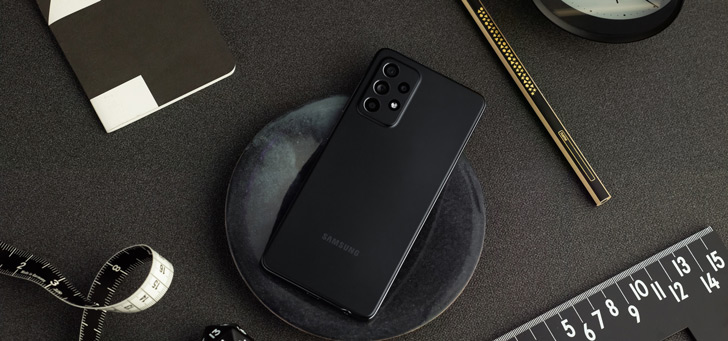This essential iPhone feature wasn’t there before – but how!?
A key figure in the design process of the first iPhone, Ken Kocienda, shared some interesting facts about our favorite phone on Twitter. For example, why couldn’t it copy-and-paste? Are you reading along?
Read on after the ad.
Contents
iPhone 2G: the first iPhone ever
Ken Kocienda, a key designer of the first iPhone, does a book open about the design process of this historic phone. The most striking? He explains why the first iPhone couldn’t copy-and-paste yet.
But Kocienda doesn’t just share the difficulties of designing and building the first iPhone with us. It’s also about the magnifying glass icon when editing text (remember?) and the real reason why, if you hold your iPhone upside down, you often miss tapping on the screen.
Why the first iPhone couldn’t copy-and-paste
You come here, of course, to learn why the first iPhone didn’t have what it takes to copy-and-paste. Kocienda joined Apple in 2001 and was one of the key engineers of the first iPhone. Now that the iPhone is almost 15 years old, Kocienda wanted to celebrate. He did so by sharing great anecdotes about the design process of this Apple milestone.
Kocienda’s design team was already hard at work creating the virtual keyboard and autocorrect of the first iPhone. There was simply no more time for copy-and-paste in the first iPhone. In addition, there is much more to the code than you think.
Kociende came up with the idea of the ‘magnifying glass’ for text selection, so that you could clearly see what was to be copied-and-pasted. However, that also required a lot of programming. Your finger jumps every time you take it off the screen. A ‘log’ of screen touches on the phone was the solution. In the end, we didn’t find this feature until 2009 iPhoneOS 3.0—two years after the release of the first iPhone. Apple even made a commercial to announce this big.
Imagine: you can no longer copy-and-paste (a word I literally copy-and-paste in this piece) on your iPhone. Then that device in your pocket would be a lot less handy. Other functions would have been almost non-existent as well. Read on quick!
Challenges beyond copy-and-paste the first iPhone
Kocienda also shares some other tidbits about the development of the first iPhone. He couldn’t really multitask yet. This was not only due to the limited working memory. There was also no so-called ‘Virtual memory’, or ‘swap’. So your iPhone could not use its ‘regular’ storage to expand the working memory. Therefore, it had to learn to automatically terminate other background processes in order to perform properly.
The interesting thing is that for iOS – or much more iPadOS – Apple only fixed this this year. The solution is called ‘Memory Swap’, and it is a prerequisite for the new iPadOS 16 function ‘Stage Manager’.
In addition, the designers provided an extra large touch area around the keys on the first iPhone. The touchscreen technology with just your finger on the screen was still fairly new at the time, so people were allowed to get used to it by making it as easy as possible. In addition, the designers did not yet have options for ‘haptic feedback’: the vibration links that indicate that the touch was successful. With the slightly larger touch surfaces you could not quickly miss and using the iPhone became more pleasant than on other devices.

Touchscreen was a problem, copy-and-paste less
This system was also important for autocorrect. The phone knows which letters are next to each other. In this way, the first iPhone could already figure out which word you actually wanted to type. Autocorrect on a touchscreen was born! Also nice: while typing, the touch surfaces of the keys were made larger, based on the preceding letters. iOS predicted what word you wanted to type. That is still in the system now.
So the emphasis of the first iPhone was not necessarily on functions such as copy-and-paste, but rather on developing and perfecting the touchscreen itself. Logical of course! Kocienda also explains that users’ perception of where their fingers are touching the screen is different from where the finger is actually tapping the display.
The reason is the curvature in your fingertip. The iPhone takes this relationship between the shape of the fingertip and your eyes into account and corrects it. This is visually explained in the image above by Kocienda and also the reason why, if you hold your iPhone upside down, you often miss tapping on the screen.




